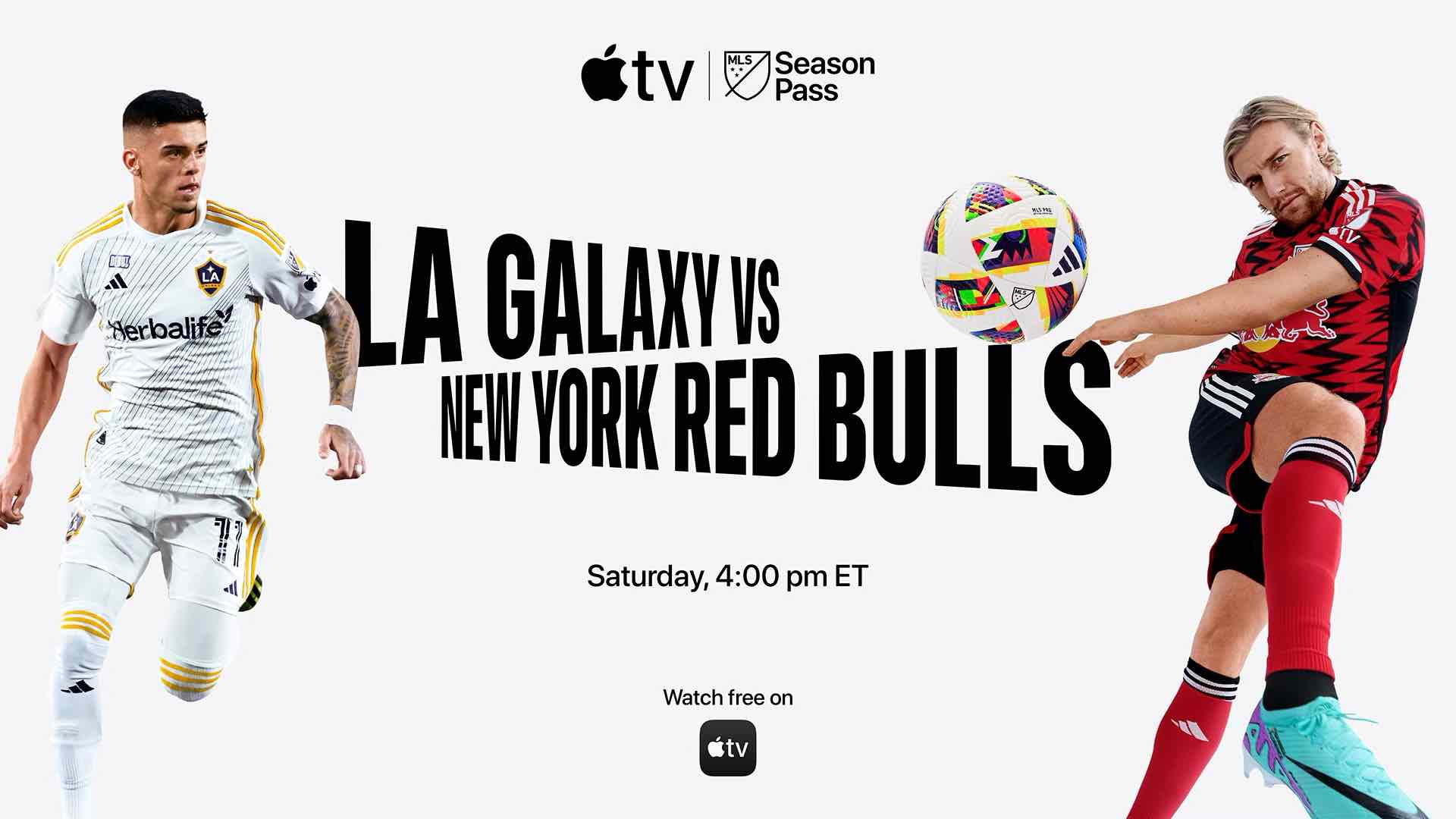
Go Here to Read this Fast! How to watch the 2024 MLS Cup for free – LA Galaxy vs New York Redbulls
Originally appeared here:
How to watch the 2024 MLS Cup for free – LA Galaxy vs New York Redbulls


Go Here to Read this Fast! How to watch the 2024 MLS Cup for free – LA Galaxy vs New York Redbulls
Originally appeared here:
How to watch the 2024 MLS Cup for free – LA Galaxy vs New York Redbulls


Go Here to Read this Fast! Your AI clone could target your family, but there’s a simple defense
Originally appeared here:
Your AI clone could target your family, but there’s a simple defense
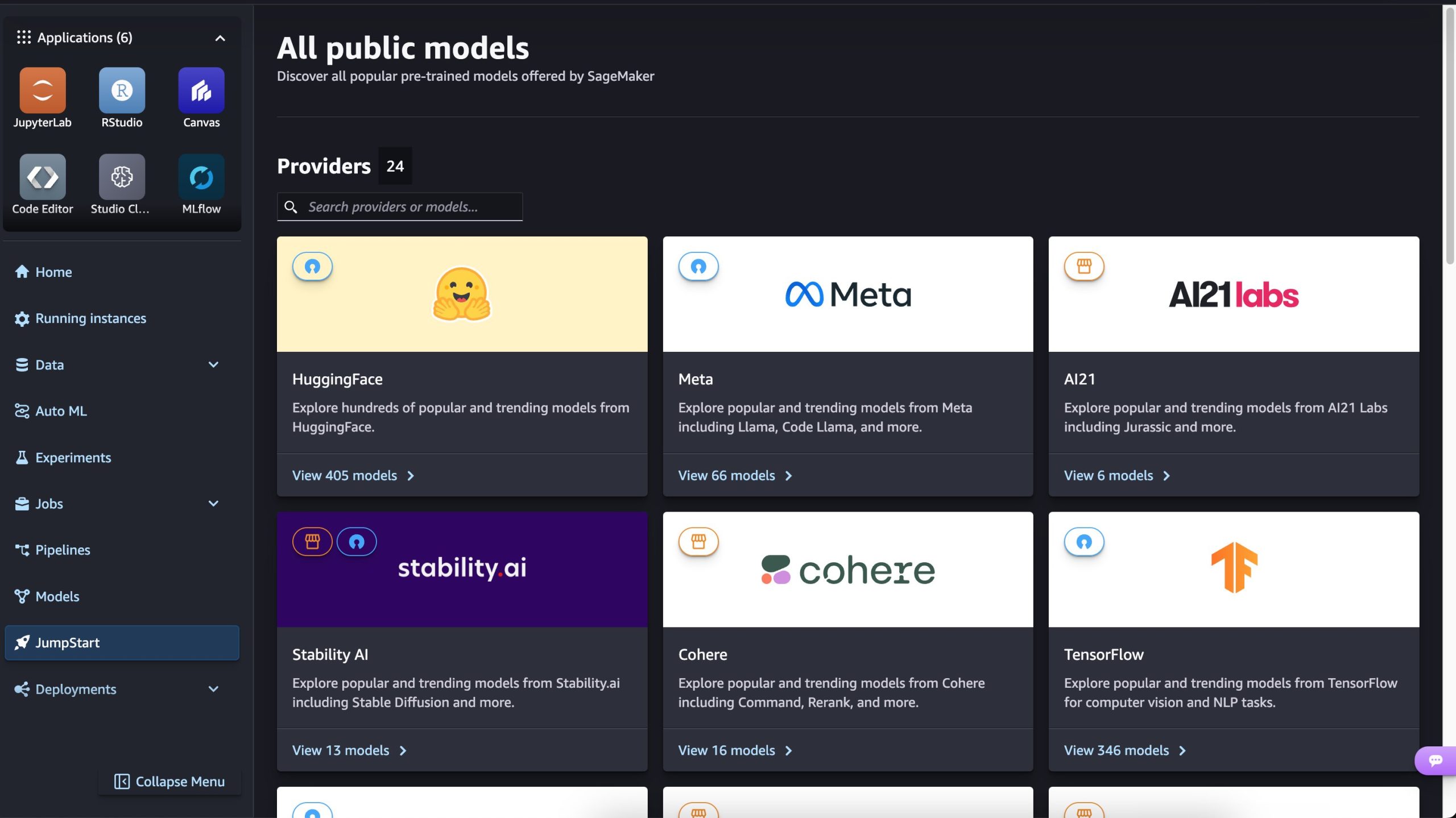

Originally appeared here:
Mistral-NeMo-Instruct-2407 and Mistral-NeMo-Base-2407 are now available on SageMaker JumpStart
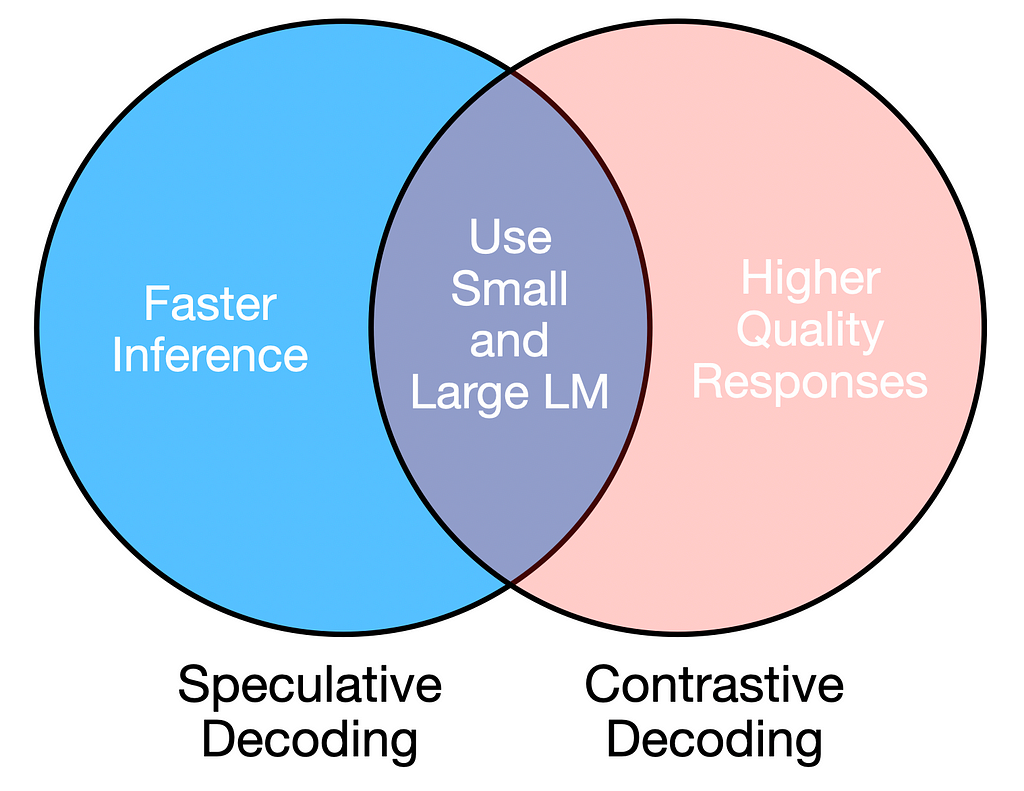

Large Language models are comprised of billions of parameters (weights). For each word it generates, the model has to perform computationally expensive calculations across all of these parameters.
Large Language models accept a sentence, or sequence of tokens, and generate a probability distribution of the next most likely token.
Thus, typically decoding n tokens (or generating n words from the model) requires running the model n number of times. At each iteration, the new token is appended to the input sentence and passed to the model again. This can be costly.
Additionally, decoding strategy can influence the quality of the generated words. Generating tokens in a simple way, by just taking the token with the highest probability in the output distribution, can result in repetitive text. Random sampling from the distribution can result in unintended drift.
Thus, a solid decoding strategy is required to ensure both:
Both requirements can be addressed by using a combination of a large and small language model, as long as the amateur and expert models are similar (e.g., same architecture but different sizes).
Speculative and contrastive decoding leverage large and small LLMs to achieve reliable and efficient text generation.

Contrastive Decoding is a strategy that exploits the fact that that failures in large LLMs (such as repetition, incoherence) are even more pronounced in small LLMs. Thus, this strategy optimizes for the tokens with the highest probability difference between the small and large model.
For a single prediction, contrastive decoding generates two probability distributions:
The next token is chosen based on the following criteria:

from transformers import AutoTokenizer, AutoModelForCausalLM
import torch
# Load models and tokenizer
tokenizer = AutoTokenizer.from_pretrained('gpt2')
amateur_lm = AutoModelForCausalLM.from_pretrained('gpt2')
expert_lm = AutoModelForCausalLM.from_pretrained('gpt2-large')
def contrastive_decoding(prompt, max_length=50):
input_ids = tokenizer(prompt, return_tensors="pt").input_ids
while input_ids.shape[1] < max_length:
# Generate amateur model output
amateur_outputs = amateur_lm(input_ids, return_dict=True)
amateur_logits = torch.softmax(amateur_outputs.logits[:, -1, :], dim=-1)
log_probs_amateur = torch.log(amateur_logits)
# Generate expert model output
expert_outputs = expert_lm(input_ids, return_dict=True)
expert_logits = torch.softmax(expert_outputs.logits[:, -1, :], dim=-1)
log_probs_exp = torch.log(expert_logits)
log_probs_diff = log_probs_exp - log_probs_amateur
# Set an alpha threshold to eliminate less confident tokens in expert
alpha = 0.1
candidate_exp_prob = torch.max(expert_logits)
# Mask tokens below threshold for expert model
V_head = expert_logits < alpha * candidate_exp_prob
# Select the next token from the log-probabilities difference, ignoring masked values
token = torch.argmax(log_probs_diff.masked_fill(V_head, -torch.inf)).unsqueeze(0)
# Append token and accumulate generated text
input_ids = torch.cat([input_ids, token.unsqueeze(1)], dim=-1)
return tokenizer.batch_decode(input_ids)
prompt = "Large Language Models are"
generated_text = contrastive_decoding(prompt, max_length=25)
print(generated_text)
Speculative decoding is based on the principle that the smaller model must sample from the same distribution as the larger model. Thus, this strategy aims to accept as many predictions from the smaller model as possible, provided they align with the distribution of the larger model.
The smaller model generates n tokens in sequence, as possible guesses. However, all n sequences are fed into the larger expert model as a single batch, which is faster than sequential generation.
This results in a cache for each model, with n probability distributions in each cache.
Next, the sampled tokens from the amateur model are accepted or rejected based on the following conditions:
If a token is rejected, the next token is sampled from the expert distribution or adjusted distribution. Additionally, the amateur and expert model reset the cache and re-generate n guesses and probability distributions p and q.

from transformers import AutoTokenizer, AutoModelForCausalLM
import torch
# Load models and tokenizer
tokenizer = AutoTokenizer.from_pretrained('gpt2')
amateur_lm = AutoModelForCausalLM.from_pretrained('gpt2')
expert_lm = AutoModelForCausalLM.from_pretrained('gpt2-large')
# Sample next token from output distribution
def sample_from_distribution(logits):
sampled_index = torch.multinomial(logits, 1)
return sampled_index
def generate_cache(input_ids, n_tokens):
# Store logits at each step for amateur and expert models
amateur_logits_per_step = []
generated_tokens = []
batch_input_ids = []
with torch.no_grad():
for _ in range(n_tokens):
# Generate amateur model output
amateur_outputs = amateur_lm(input_ids, return_dict=True)
amateur_logits = torch.softmax(amateur_outputs.logits[:, -1, :], dim=-1)
amateur_logits_per_step.append(amateur_logits)
# Sampling from amateur logits
next_token = sample_from_distribution(amateur_logits)
generated_tokens.append(next_token)
# Append to input_ids for next generation step
input_ids = torch.cat([input_ids, next_token], dim=-1)
batch_input_ids.append(input_ids.squeeze(0))
# Feed IDs to expert model as batch
batched_input_ids = torch.nn.utils.rnn.pad_sequence(batch_input_ids, batch_first=True, padding_value=0 )
expert_outputs = expert_lm(batched_input_ids, return_dict=True)
expert_logits = torch.softmax(expert_outputs.logits[:, -1, :], dim=-1)
return amateur_logits_per_step, expert_logits, torch.cat(generated_tokens, dim=-1)
def speculative_decoding(prompt, n_tokens=5, max_length=50):
input_ids = tokenizer(prompt, return_tensors="pt").input_ids
while input_ids.shape[1] < max_length:
amateur_logits_per_step, expert_logits, generated_ids = generate_cache(
input_ids, n_tokens
)
accepted = 0
for n in range(n_tokens):
token = generated_ids[:, n][0]
r = torch.rand(1).item()
# Extract probabilities
p_x = expert_logits[n][token].item()
q_x = amateur_logits_per_step[n][0][token].item()
# Speculative decoding acceptance criterion
if ((q_x > p_x) and (r > (1 - p_x / q_x))):
break # Reject token and restart the loop
else:
accepted += 1
# Check length
if (input_ids.shape[1] + accepted) >= max_length:
return tokenizer.batch_decode(input_ids)
input_ids = torch.cat([input_ids, generated_ids[:, :accepted]], dim=-1)
if accepted < n_tokens:
diff = expert_logits[accepted] - amateur_logits_per_step[accepted][0]
clipped_diff = torch.clamp(diff, min=0)
# Sample a token from the adjusted expert distribution
normalized_result = clipped_diff / torch.sum(clipped_diff, dim=0, keepdim=True)
next_token = sample_from_distribution(normalized_result)
input_ids = torch.cat([input_ids, next_token.unsqueeze(1)], dim=-1)
else:
# Sample directly from the expert logits for the last accepted token
next_token = sample_from_distribution(expert_logits[-1])
input_ids = torch.cat([input_ids, next_token.unsqueeze(1)], dim=-1)
return tokenizer.batch_decode(input_ids)
# Example usage
prompt = "Large Language models are"
generated_text = speculative_decoding(prompt, n_tokens=3, max_length=25)
print(generated_text)
We can evaluate both decoding approaches by comparing them to a naive decoding method, where we randomly pick the next token from the probability distribution.
def sequential_sampling(prompt, max_length=50):
"""
Perform sequential sampling with the given model.
"""
# Tokenize the input prompt
input_ids = tokenizer(prompt, return_tensors="pt").input_ids
with torch.no_grad():
while input_ids.shape[1] < max_length:
# Sample from the model output logits for the last token
outputs = expert_lm(input_ids, return_dict=True)
logits = outputs.logits[:, -1, :]
probabilities = torch.softmax(logits, dim=-1)
next_token = torch.multinomial(probabilities, num_samples=1)
input_ids = torch.cat([input_ids, next_token], dim=-1)
return tokenizer.batch_decode(input_ids)
To evaluate contrastive decoding, we can use the following metrics for lexical richness.
from collections import Counter
import math
def ngram_entropy(text, n):
"""
Compute n-gram entropy for a given text.
"""
# Tokenize the text
tokens = text.split()
if len(tokens) < n:
return 0.0 # Not enough tokens to form n-grams
# Create n-grams
ngrams = [tuple(tokens[i:i + n]) for i in range(len(tokens) - n + 1)]
# Count frequencies of n-grams
ngram_counts = Counter(ngrams)
total_ngrams = sum(ngram_counts.values())
# Compute entropy
entropy = -sum((count / total_ngrams) * math.log2(count / total_ngrams)
for count in ngram_counts.values())
return entropy
def distinct_n(text, n):
"""
Compute distinct-n metric for a given text.
"""
# Tokenize the text
tokens = text.split()
if len(tokens) < n:
return 0.0 # Not enough tokens to form n-grams
# Create n-grams
ngrams = [tuple(tokens[i:i + n]) for i in range(len(tokens) - n + 1)]
# Count unique and total n-grams
unique_ngrams = set(ngrams)
total_ngrams = len(ngrams)
return len(unique_ngrams) / total_ngrams if total_ngrams > 0 else 0.0
prompts = [
"Large Language models are",
"Barack Obama was",
"Decoding strategy is important because",
"A good recipe for Halloween is",
"Stanford is known for"
]
# Initialize accumulators for metrics
naive_entropy_totals = [0, 0, 0] # For n=1, 2, 3
naive_distinct_totals = [0, 0] # For n=1, 2
contrastive_entropy_totals = [0, 0, 0]
contrastive_distinct_totals = [0, 0]
for prompt in prompts:
naive_generated_text = sequential_sampling(prompt, max_length=50)[0]
for n in range(1, 4):
naive_entropy_totals[n - 1] += ngram_entropy(naive_generated_text, n)
for n in range(1, 3):
naive_distinct_totals[n - 1] += distinct_n(naive_generated_text, n)
contrastive_generated_text = contrastive_decoding(prompt, max_length=50)[0]
for n in range(1, 4):
contrastive_entropy_totals[n - 1] += ngram_entropy(contrastive_generated_text, n)
for n in range(1, 3):
contrastive_distinct_totals[n - 1] += distinct_n(contrastive_generated_text, n)
# Compute averages
naive_entropy_averages = [total / len(prompts) for total in naive_entropy_totals]
naive_distinct_averages = [total / len(prompts) for total in naive_distinct_totals]
contrastive_entropy_averages = [total / len(prompts) for total in contrastive_entropy_totals]
contrastive_distinct_averages = [total / len(prompts) for total in contrastive_distinct_totals]
# Display results
print("Naive Sampling:")
for n in range(1, 4):
print(f"Average Entropy (n={n}): {naive_entropy_averages[n - 1]}")
for n in range(1, 3):
print(f"Average Distinct-{n}: {naive_distinct_averages[n - 1]}")
print("nContrastive Decoding:")
for n in range(1, 4):
print(f"Average Entropy (n={n}): {contrastive_entropy_averages[n - 1]}")
for n in range(1, 3):
print(f"Average Distinct-{n}: {contrastive_distinct_averages[n - 1]}")
The following results show us that contrastive decoding outperforms naive sampling for these metrics.
Naive Sampling:
Average Entropy (n=1): 4.990499826537679
Average Entropy (n=2): 5.174765791328267
Average Entropy (n=3): 5.14373124004409
Average Distinct-1: 0.8949694135740648
Average Distinct-2: 0.9951219512195122
Contrastive Decoding:
Average Entropy (n=1): 5.182773920916605
Average Entropy (n=2): 5.3495681172235665
Average Entropy (n=3): 5.313720275712986
Average Distinct-1: 0.9028425204970866
Average Distinct-2: 1.0
To evaluate speculative decoding, we can look at the average runtime for a set of prompts for different n values.
import time
import matplotlib.pyplot as plt
# Parameters
n_tokens = range(1, 11)
speculative_decoding_times = []
naive_decoding_times = []
prompts = [
"Large Language models are",
"Barack Obama was",
"Decoding strategy is important because",
"A good recipe for Halloween is",
"Stanford is known for"
]
# Loop through n_tokens values
for n in n_tokens:
avg_time_naive, avg_time_speculative = 0, 0
for prompt in prompts:
start_time = time.time()
_ = sequential_sampling(prompt, max_length=25)
avg_time_naive += (time.time() - start_time)
start_time = time.time()
_ = speculative_decoding(prompt, n_tokens=n, max_length=25)
avg_time_speculative += (time.time() - start_time)
naive_decoding_times.append(avg_time_naive / len(prompts))
speculative_decoding_times.append(avg_time_speculative / len(prompts))
avg_time_naive = sum(naive_decoding_times) / len(naive_decoding_times)
# Plotting the results
plt.figure(figsize=(8, 6))
plt.bar(n_tokens, speculative_decoding_times, width=0.6, label='Speculative Decoding Time', alpha=0.7)
plt.axhline(y=avg_time_naive, color='red', linestyle='--', label='Naive Decoding Time')
# Labels and title
plt.xlabel('n_tokens', fontsize=12)
plt.ylabel('Average Time (s)', fontsize=12)
plt.title('Speculative Decoding Runtime vs n_tokens', fontsize=14)
plt.legend()
plt.grid(axis='y', linestyle='--', alpha=0.7)
# Show the plot
plt.show()
plt.savefig("plot.png")
We can see that the average runtime for the naive decoding is much higher than for speculative decoding across n values.

Combining large and small language models for decoding strikes a balance between quality and efficiency. While these approaches introduce additional complexity in system design and resource management, their benefits apply to conversational AI, real-time translation, and content creation.
These approaches require careful consideration of deployment constraints. For instance, the additional memory and compute demands of running dual models may limit feasibility on edge devices, though this can be mitigated through techniques like model quantization.
Unless otherwise noted, all images are by the author.
Combining Large and Small LLMs to Boost Inference Time and Quality was originally published in Towards Data Science on Medium, where people are continuing the conversation by highlighting and responding to this story.
Originally appeared here:
Combining Large and Small LLMs to Boost Inference Time and Quality
Go Here to Read this Fast! Combining Large and Small LLMs to Boost Inference Time and Quality

![]()
The case centered on the claim that it is “virtually impossible” for a user’s requirements to be satisfied with the 5GB tier, and that it was effectively impossible for users to reduce their iCloud use. However, as noted by Law360, two of the plaintiffs were reportedly still on the 5GB tier.
Three Ninth Circuit judges considered the appeal, but said the plaintiffs had failed to prove their claims. The judges also noted that users have the option to turn off iCloud if they wish.



In a world where people want their devices to last for longer than ever on a single charge, shouldn’t tech companies like Apple focus on bigger, better batteries rather than slimming phones down instead?
The rumors surrounding the iPhone 17 Slim have been around for a little while at this point but the consensus has settled on a couple of notable things. The most is obviously where the name comes from — the fact the iPhone 17 Slim will be thinner than other models on sale alongside it.



Price is an important factor when choosing your next Mac. The more budget that you have available, the better the Mac you can get.
However, while Apple does cover a wide array of price points, it also has multiple choices available for many of them. Add in the number of configurable elements, and it can become a bewildering decision.
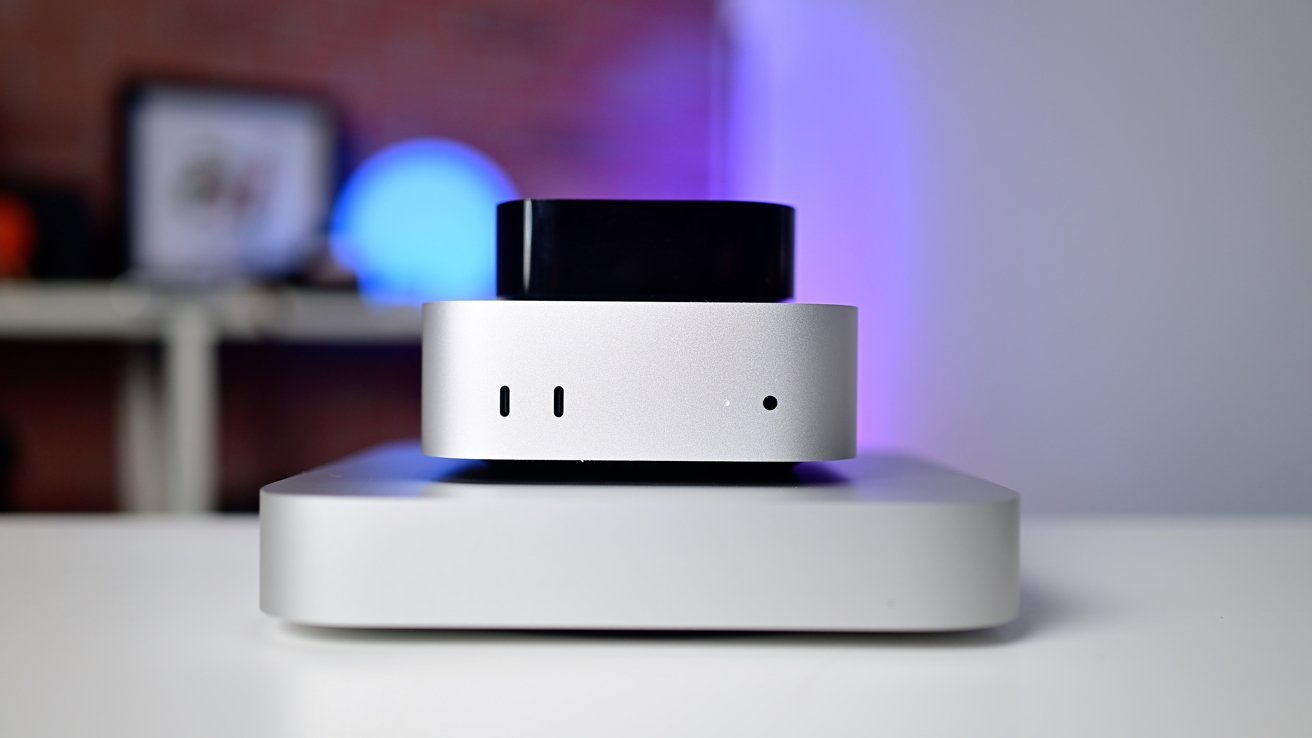
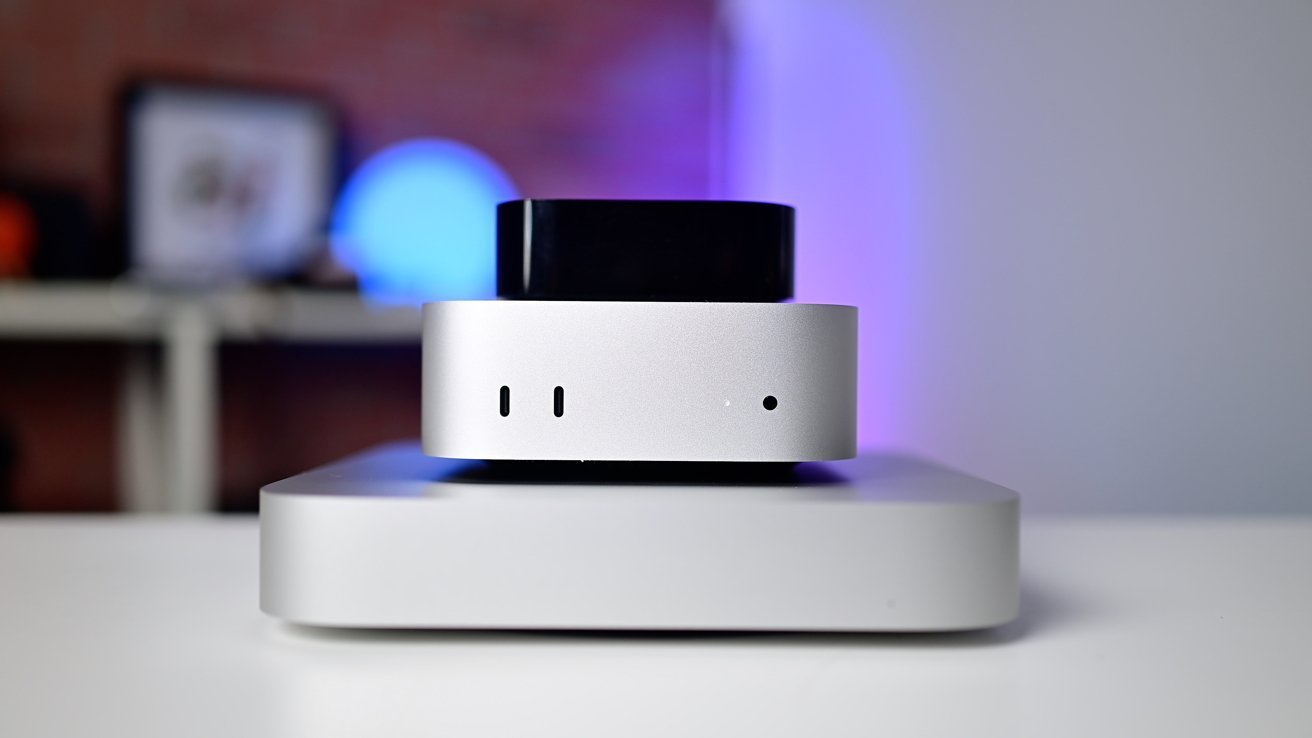

Apple’s revamp of the Mac mini with the M4 and M4 Pro chip led to a much more compact design with quite a few physical changes. Aside from size, it also saw a shift of ports to the front, as well as the under-mounted power button.
In talking about the redesign effort to Fast Company, Apple VP of hardware engineering Kate Bergeron and Mac marketing’s Sophie Le Guen explained that it was a balancing act.
Go Here to Read this Fast! M4 Mac mini was almost even smaller, but design compromises were made
Originally appeared here:
M4 Mac mini was almost even smaller, but design compromises were made


Apple’s revamp of the Mac mini with the M4 and M4 Pro chip led to a much more compact design with quite a few physical changes. Aside from size, it also saw a shift of ports to the front, as well as the under-mounted power button.
In talking about the redesign effort to Fast Company, Apple VP of hardware engineering Kate Bergeron and Mac marketing’s Sophie Le Guen explained that it was a balancing act.
Go Here to Read this Fast! M4 Mac mini was almost even smaller, but design compromises were made
Originally appeared here:
M4 Mac mini was almost even smaller, but design compromises were made